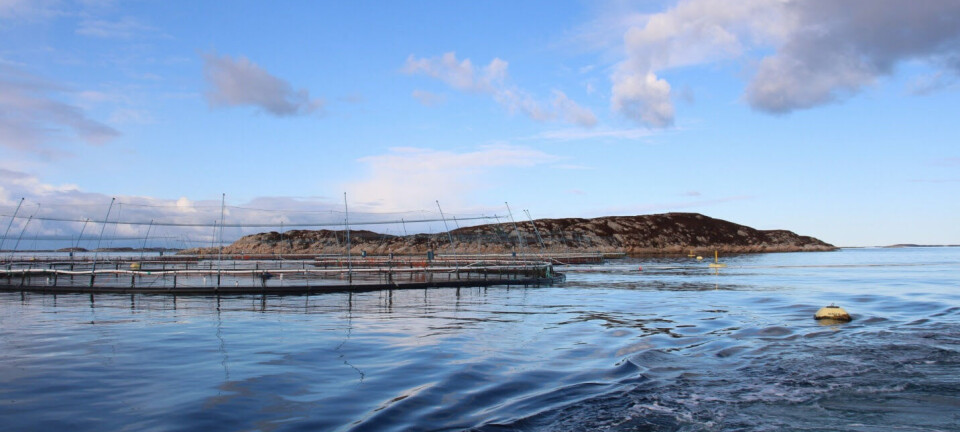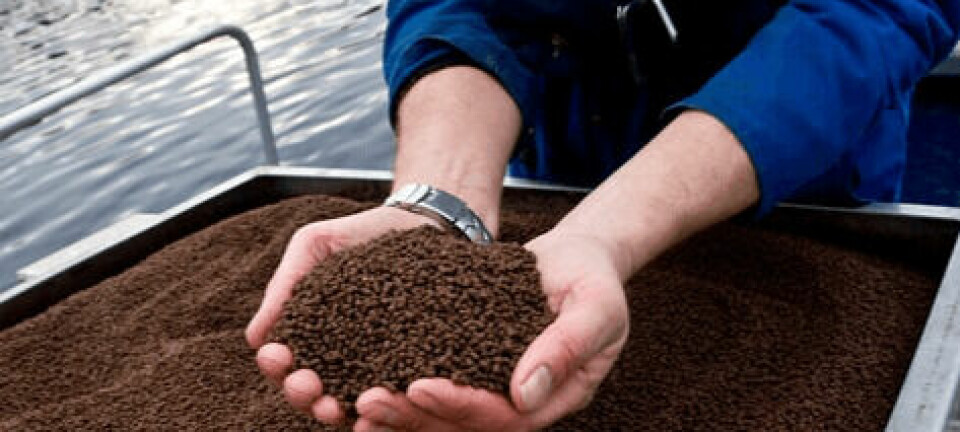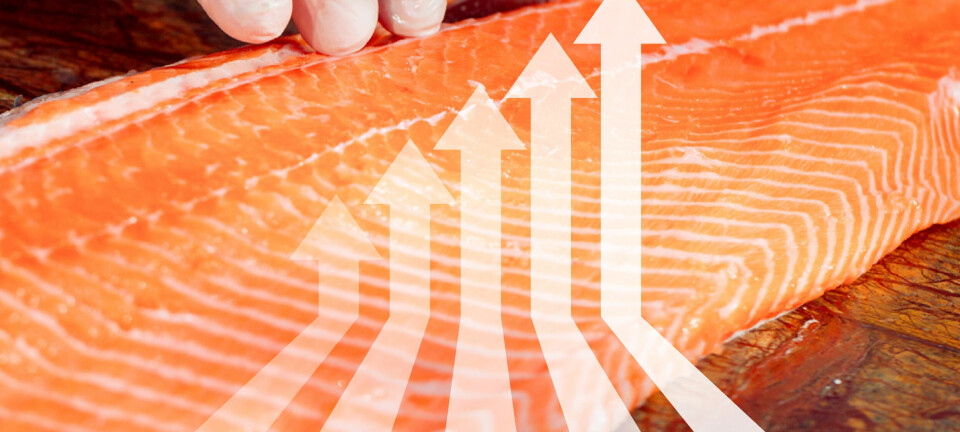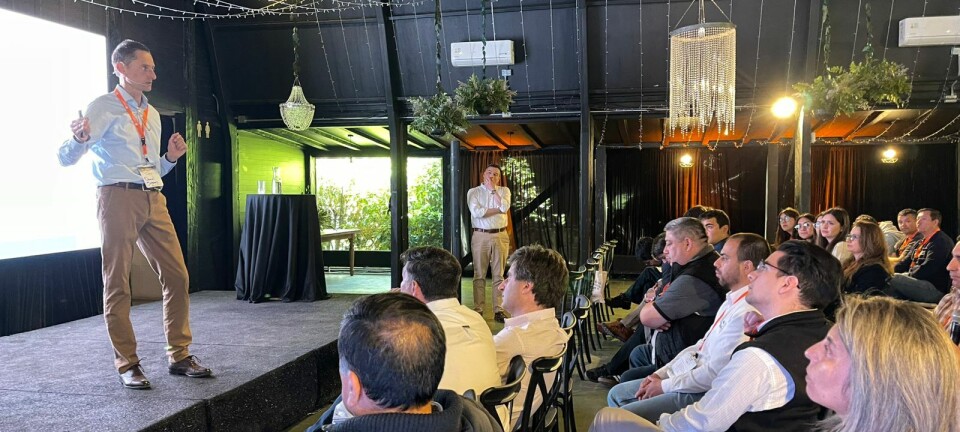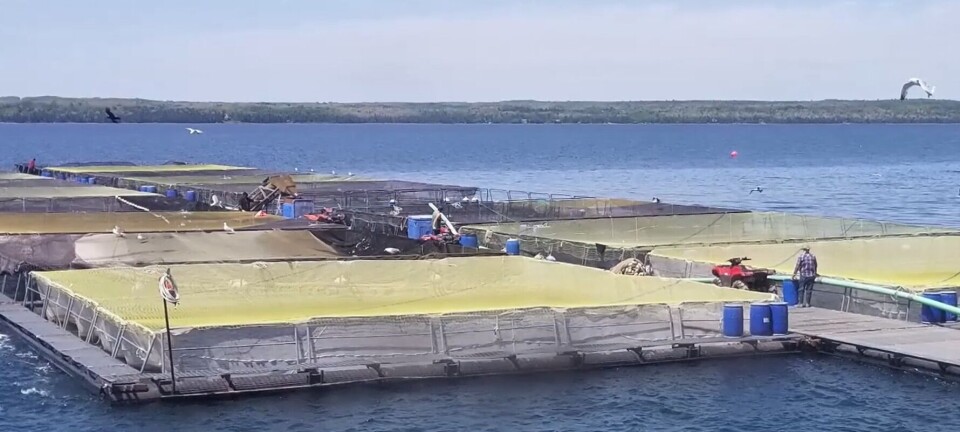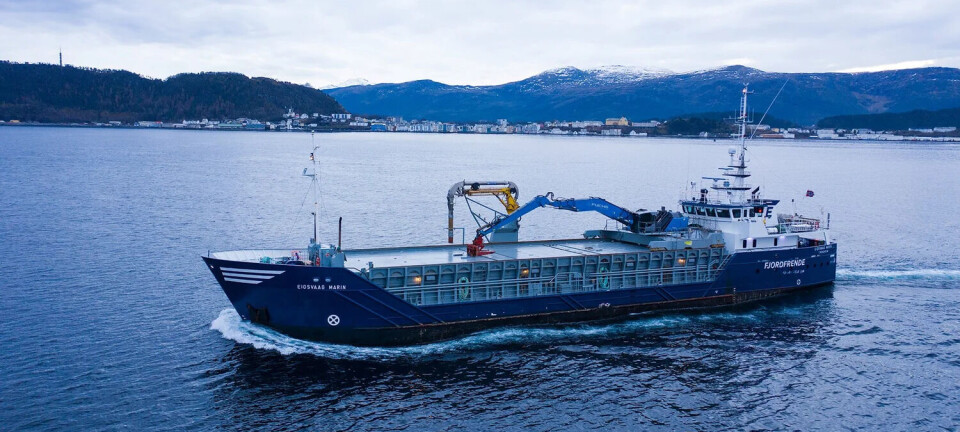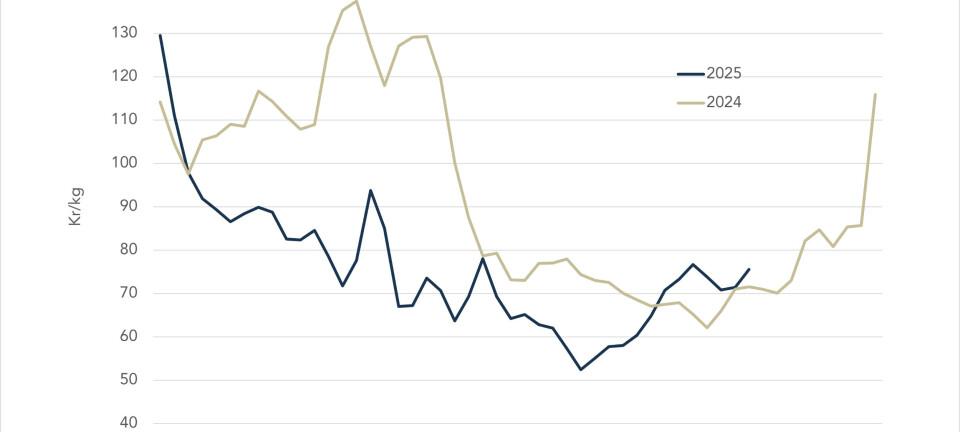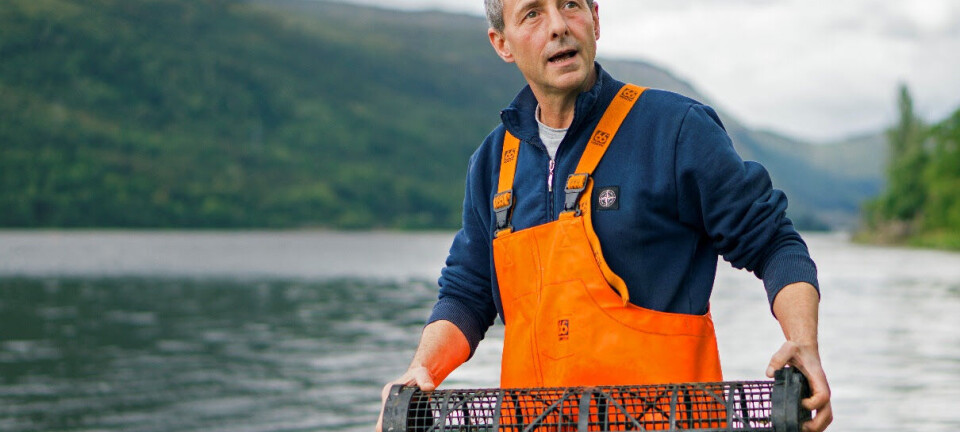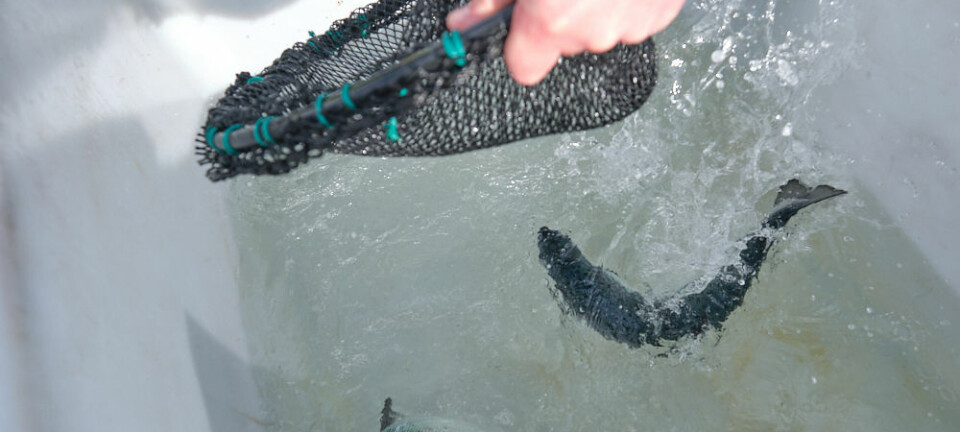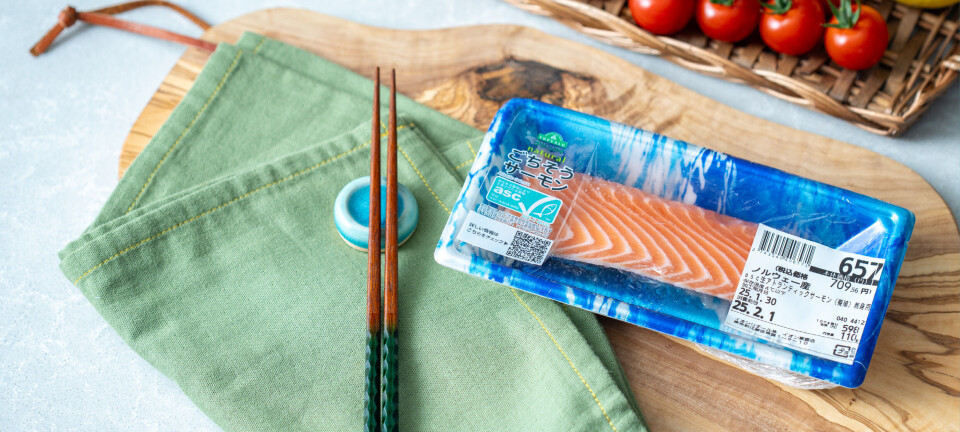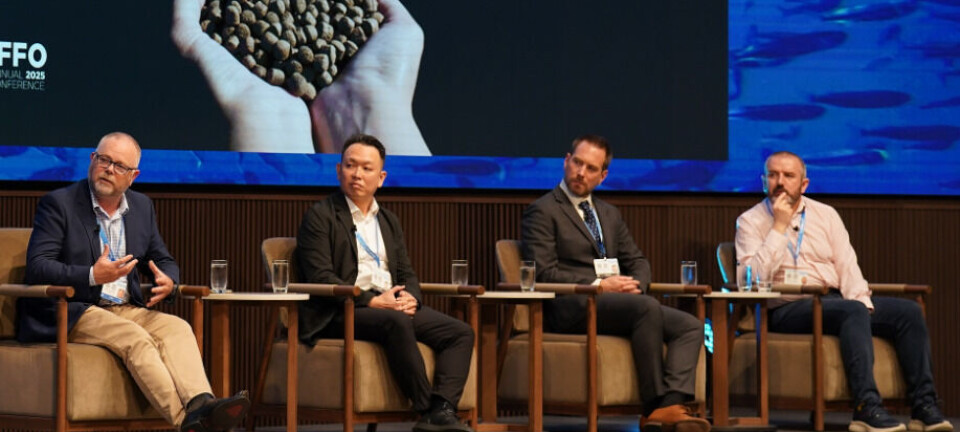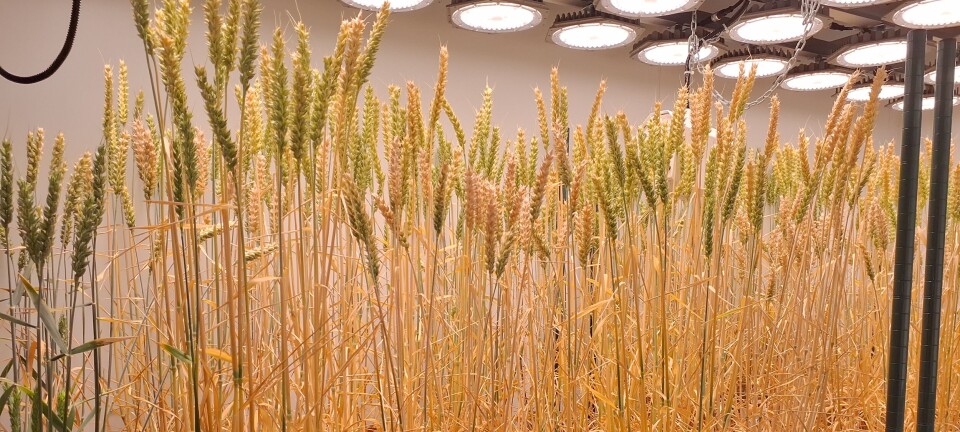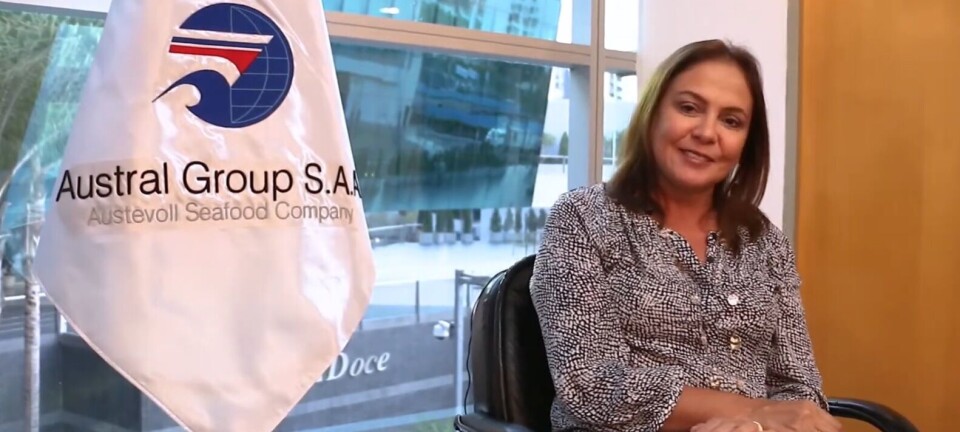
More bluefin tuna from net pens
A number of companies around the world are pursuing the controlled culture of one of three types of bluefin tuna- Northern, Atlantic or Pacific. Although this fish only represents about 1.3% of all tuna caught in the world, it is the highest paid species of tuna on the international sushi scene. But so far, very few experiments with the reproduction of bluefin tuna have been rewarded with much success. While a few juveniles have been produced, pretty much all of the farming of this fish is done by fattening up juvenile tuna caught by conventional fishing methods.
Earlier this week, with its headquarters in San Diego, Umami Sustainable Seafood Inc. announced that it had sold product for some US$ 50 million from its farms in Mexico- Baja Aqua-farms S.A. de C.V. which –according to the company- has become the premier Bluefin Tuna farm in North America. The company also stated that the price for bluefin tuna has increased by some 38% since the last harvesting season. The juvenile tuna are caught by seine boats that deliver the fish to floating net-pens, where they are fed between 13 and 17 kilos of wild-caught food fish for every kilo of weight gain- similar to the conversion rates found for wild swimming salmon species.
The recent announcement stated- among else- that Umami is a holding company of fish farms supplying sashimi-grade Northern Bluefin Tuna to the global market, is pleased to announce that its subsidiary Baja Aqua Farms has sold and delivered approximately $50 million worth of tuna harvested at Baja’s Mexican facility. The sales reflect an increase of 38% in the price paid per kilo of tuna compared to the price paid for tuna in the last fiscal year. Harvesting at Baja began in late August 2011 and finished last week. Traditionally, harvesting at Baja takes place from November to March, but the new harvesting schedule provides our clients with additional options going forward.
Harvesting at Kali Tuna, Umami’s Croatian operation, is planned to start in December, and is projected to be substantially complete by early March 2012. Oli Steindorsson, Chairman and Chief Executive of Umami, commented: “The successful change in of Baja’s harvesting schedule is another example of why the merger of the Kali and Baja operations is beneficial. Umami can now offer its clients premium sashimi-grade Bluefin Tuna eight months out of every year, instead of the previous three month window. It also means that Umami’s annual cash flows are stabilizing and the company will become less dependent on short-term debt.
In addition to the 38% rise in tuna prices this year as compared to last year, improvement in our operations and other factors have helped to improve our profit margin on sales contracts. We are especially pleased that our fish farming process has matured enough so that we are now able to shift and extend our harvest schedule in order to take maximum advantage of current market conditions.”










